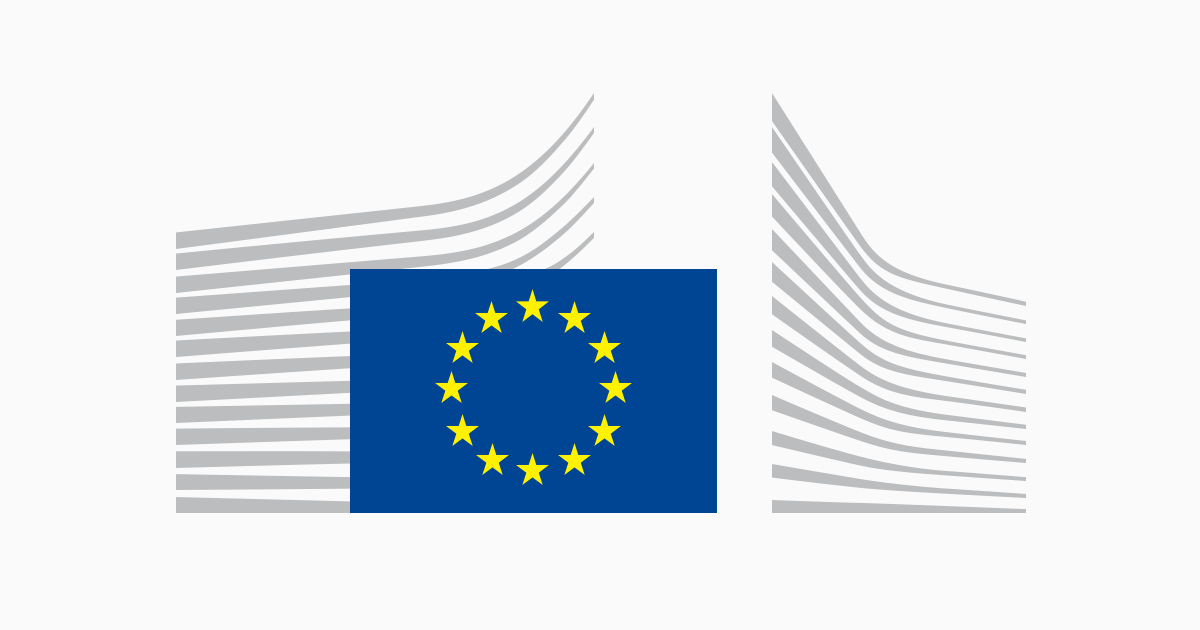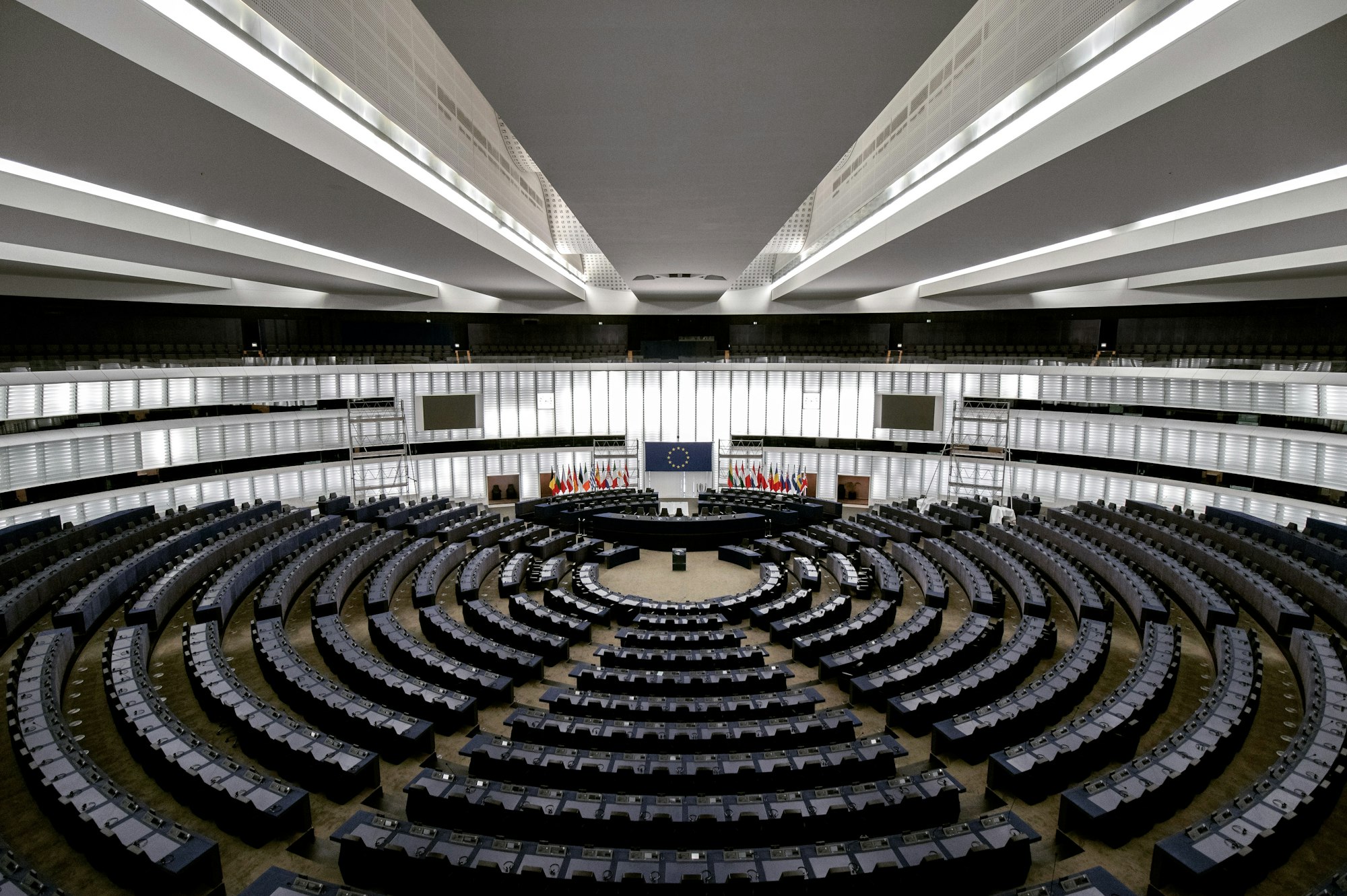Which are the financial regulations for compliance in EU?
The EU's crucial financial regulations for compliance are MiFID II and GDPR. MiFID II ensures transparency and protects investors in banking and securities. GDPR safeguards personal data. AMLD combats money laundering, while BRRD resolves failing banks.

Grand “Answer”:
The most important financial regulations for compliance in the EU are the Markets in Financial Instruments Directive II (MiFID II) and the General Data Protection Regulation (GDPR). MiFID II is a critical piece of legislation that covers investment banking and securities markets, aiming to increase transparency and protect investors [1]. GDPR, on the other hand, focuses on data protection and privacy, requiring organizations to ensure the security and proper handling of personal data [2]. Additionally, the Anti-Money Laundering Directive (AMLD) and the Bank Recovery and Resolution Directive (BRRD) are crucial regulations that financial institutions need to comply with in the EU [3]. AMLD aims to prevent money laundering and terrorist financing, while BRRD ensures the orderly resolution of failing banks [3].
Source
[1]

[2]

[3]

The EU's Regulatory Framework
The EU's financial regulatory architecture is characterized by a standard legislative procedure involving the European Commission, the Council of the European Union, and the European Parliament. This procedure ensures that regulations are carefully crafted, taking into account various perspectives and interests. Compliance officers need to understand this process to navigate the evolving regulatory landscape effectively.
One notable aspect of the EU's regulatory framework is the Lamfalussy process, which provides a structured approach to developing financial services rules. Named after Alexandre Lamfalussy, this process comprises four levels of legislative activity. At Level 1, framework legislation is enacted through regulations or directives, setting out general requirements. This framework empowers the European Commission to adopt Level 2 measures, which involve the creation of detailed implementing legislation. These implementing measures are often in the form of regulations and are drafted by the European Supervisory Authorities (ESAs), which include the European Banking Authority, the European Insurance and Occupational Pensions Authority, and the European Securities and Markets Authority (ESMA). At Level 3, the ESAs provide guidance to national regulators on a 'comply or explain' basis, ensuring consistent application of EU rules. Finally, Level 4 involves supervision and enforcement practices primarily carried out by national regulators, ensuring compliance with the regulations.
To enhance financial supervision and address the shortcomings exposed by the 2008 financial crisis, the EU established the European System of Financial Supervisors. This system includes the ESAs, which play a vital role in ensuring consistent application of EU rules across member states. The ESAs develop binding technical standards in collaboration with the European Commission, intervene in emergency situations to supervise individual EU firms, and foster the implementation of Level 3 guidance to promote harmonization among national regulators. Compliance officers should closely monitor the ESAs' activities, as their guidance and technical standards greatly influence the compliance landscape.

Key EU Financial Regulations for Compliance Professionals
Compliance officers operating within the European financial system must navigate several key regulations. Three prominent ones are the General Data Protection Regulation (GDPR), the second Revised Payment Services Directive (PSD2), and the first and second Markets in Financial Instruments Directives (MiFID I/II). Understanding the intricacies of these regulations is vital for compliance officers to fulfill their responsibilities effectively.
The GDPR, implemented in 2018, is a groundbreaking regulation that safeguards individuals' data privacy rights. Compliance officers must ensure their organizations handle data collection and processing in accordance with the GDPR's stringent requirements. This involves implementing appropriate data protection measures, obtaining consent, conducting data impact assessments, and managing data breaches, also needing to stay updated on any guidance or clarifications issued by supervisory authorities across the EU to maintain compliance.
PSD2, introduced to promote innovation and competition in the payment services sector, has significant implications. Under PSD2, banks are obligated to share customer data with qualified third-party providers, fostering the development of Open Banking. Companies must navigate the complex requirements related to customer authentication, secure communication channels, and access to payment accounts, while ensuring compliance with data protection and security standards.
MiFID I/II, a comprehensive set of regulations aimed at enhancing transparency in financial markets, presents compliance officers with significant challenges. These regulations impose strict reporting and disclosure standards, covering areas such as transaction reporting, best execution, conflicts of interest, and investor protection. Financial Services poviders must ensure their organizations comply with these complex requirements, which often involve comprehensive trade reporting, robust systems for capturing and analyzing data, and strict internal controls.
Compliance officers should continuously monitor regulatory developments, guidance, and interpretations issued by relevant authorities to ensure ongoing compliance with these regulations. Engaging inactive participation in industry forums, attending regulatory updates, and collaborating with legal and compliance experts can provide valuable insights and help compliance officers stay ahead of evolving requirements.
Financial services operators should also pay attention to the enforcement practices of national regulators across the EU. While the ESAs primarily focus on supervising the application of EU rules, national regulators play a crucial role in ensuring compliance at the local level. These businesses should monitor enforcement actions, penalties, and regulatory expectations set by national authorities to align their compliance programs accordingly.
Key regulations such as GDPR, PSD2, and MiFID I/II require careful attention to ensure compliance with data protection, payment services, and transparency requirements. By staying informed, collaborating with industry experts, leveraging technology, and proactively adapting compliance programs, firms can successfully navigate the evolving EU financial regulatory landscape.
Grand Answer: Your AI Partner
Designed to support compliance officers, legal counsels, and other professionals responsible for adhering to regulatory standards, Grand Answer aims to facilitate an efficient and straightforward compliance process.
Grand is live 🎈, check out our GPT4 powered GRC Platform
Reduce your
compliance risks


